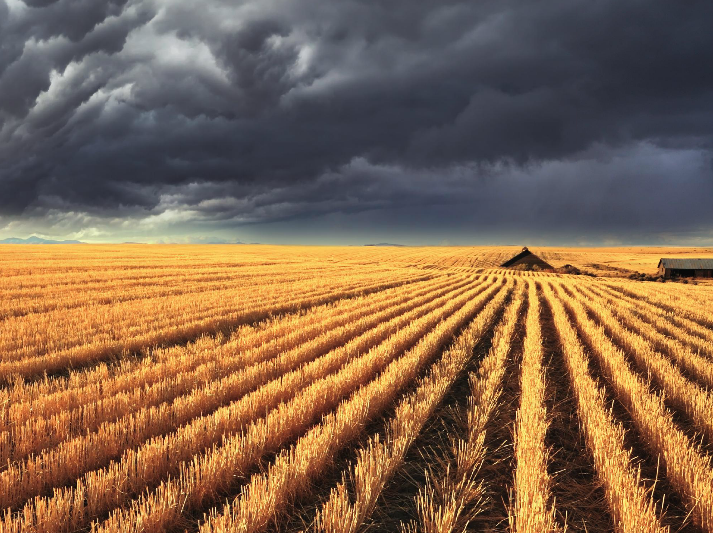



How Will Climate Change Affect Poultry Disease Problems?
Relatively little science has so far been done on how climate change would affect poultry diseases. Prof Celia Abolnik imagines it would result in increased disease pressure, especially in cooler areas, writes Glenneis Kriel.Changes associated with climate change, in average temperatures, rainfall and climate extremes, will not only impact animals and plants, but also the distribution and pressure of pathogens and diseases affecting these hosts. Cold weather, for example, is more conducive to certain infectious diseases, such as Newcastle disease, avian influenza, infectious bronchitis and infectious bursal disease.
“Cooler temperatures would allow these viruses to survive longer and in effect increase the disease risk making it harder to manage these diseases,” said Prof Celia Abolnik, Research Chair of Poultry Health and Production at the University of Pretoria in South Africa.
“Cooler temperatures will also cause birds to huddle together more, with the closer proximity of birds increasing the risk of disease transmission.”
Warmer temperatures could help to destroy some of these viruses, but higher humidity levels on the other hand might worsen respiratory problems and enteric diseases. Temperatures that are too high or low and unfavourable relative humidity could also cause stress that can render birds more vulnerable to diseases and strain their productive performance.
While the impact of these climatic conditions could be lessened through controlled atmosphere in poultry houses, this intervention will drive up energy costs which could result in commercial poultry production no longer being financially viable in certain parts of the world.
Production system
Whether free range chickens will be more vulnerable to the impact of climate change on diseases is open to debate.
Prof Abolnik explained that free range chickens might be better off, because they tend to have lower stress levels than birds in closed production systems. Since the birds have more room to move in a free range system, their chances of transmitting diseases are also lower.
On the negative side these birds will be more vulnerable to pathogens from outside, such as avian influenza, that are carried by migratory birds.
With closed production systems, diseases usually come from inside the system and are perpetuated by high densities of birds.
“While most of the diseases associated with closed systems can be prevented with good biosecurity measures and vaccination programmes, the smallest breach in these disease prevention strategies will result in a possible disease outbreak. The problem is that it is near impossible to completely eradicate pathogens from these systems, so there is always a risk of disease contamination,” Prof Abolnik said.
It is also uncertain whether indigenous birds will be better able to withstand the impact of climate change than commercial lines.
“Many people think that indigenous birds are more resilient than commercial lines, but there hasn’t been much scientific research to support this. One of our students is developing a research proposal to investigate this matter.
“Personally though, I don’t think indigenous birds are more resilient than commercial lines. Some birds are however more suited for certain production conditions than others,” Prof Abolnik said.
Disease transmission
Diseases that were previously unheard of in certain parts of the world, might move to these areas due to climate change.
For example, Prof Abolnik said that bird migratory patterns might change, if food and water becomes scarce on traditional migratory routes. This can also cause different flights of birds that wouldn’t have met under current conditions to converge, which would increase the risk of diseases being transmitted between these birds. Highly pathogenic avian influenza is one example of a disease that could spread over a wider area in this way.
She pointed out that the risk of diseases spreading to new regions is however, much larger due to globalisation than what it is because of climate change: “The rising demand for food resulting in intensified production systems and increased imports and exports, really carries a much higher disease threat than climate change.”
She also doesn’t think that climate change would result in the development of new poultry strains of diseases: “Disease mutation results due to immune suppression or a vaccine response, not climatic factors. Change in climatic conditions, could however result in a new reservoir forming when there is a shortage of an original host,” Prof Abolnik said.
Further Reading
This article originally appeared in the July 2016 issue of The Poultry Site Digital. For more articles from this issue, focussed on the theme of 'health and disease', click here.









